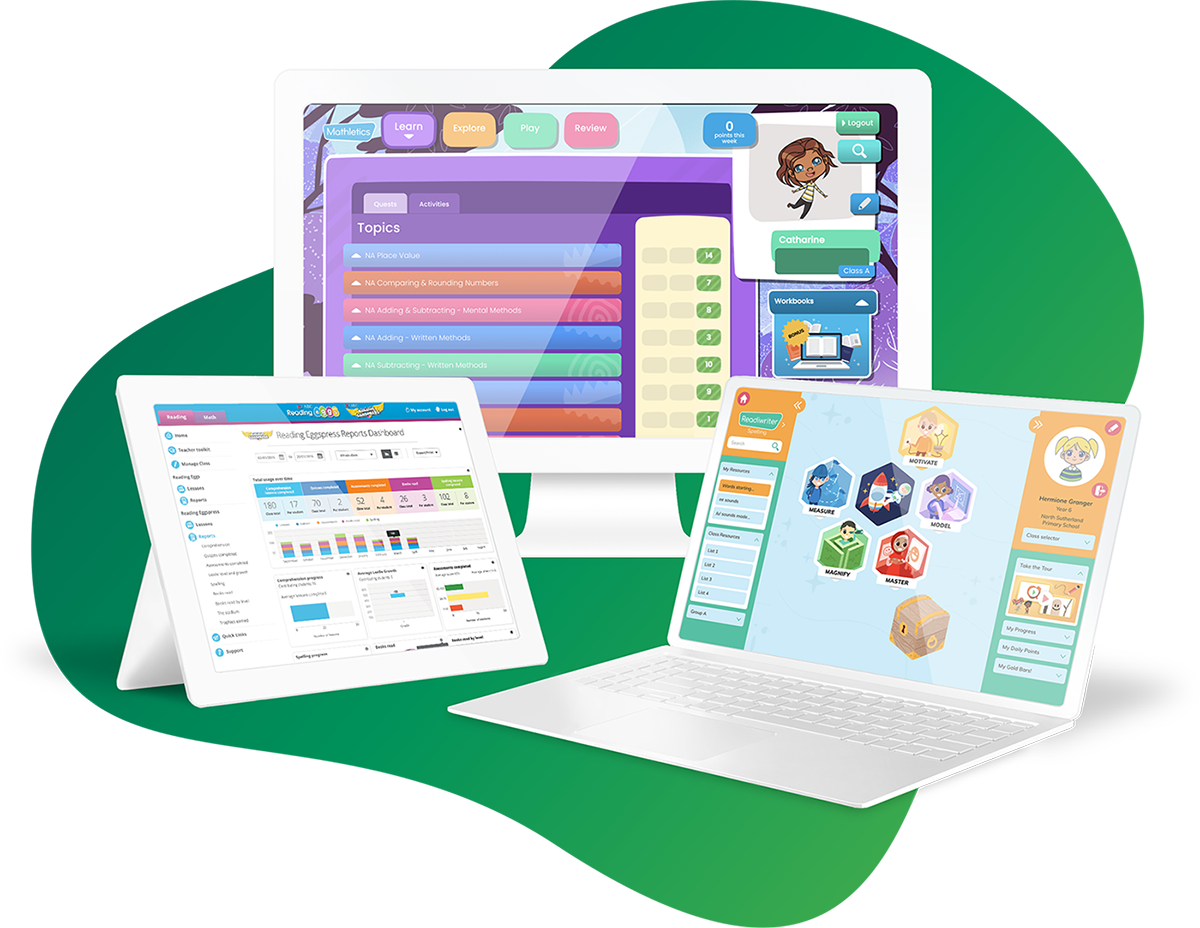
As teachers, it can be hard not to question where our time and energy are really going.
Only once we’ve tackled full email inboxes, stacks of marking, and burned the midnight oil to plan detailed lessons replete with complex resources can we get in front of our class and actually teach.
But there is a better way.
If we cut unnecessary, time-consuming practices then we can teach more effectively and more efficiently.
The result is lean teaching. It puts student learning first, but not at the expense of your wellbeing.
Here’s how it works.
Identify any inefficient practices hogging your time
We’d all love to make our teaching practice more efficient, but ironically, we spend most of our time too bogged down in inefficient tasks to do just that.
Break the cycle of inefficiency by reflecting each of your practices. Use these questions as a guide:
- How much time do I invest in and out of class to implement this practice?
- How much of that time is student learning time?
- What results am I hoping to achieve?
- What results have been achieved thus far?
- Are these results worth the time it takes me to use this practice?
- What alternatives exist?
- How might the results differ if I were to use an alternative?
Remember: The tools and practices we’ve used the longest are often the ones most in need of revision. Don’t forget to assess those little things you’ve ‘always’ done.
Make efficiency a priority
Once you’ve identified where the inefficiencies in your teaching lie, think of alternatives that achieve the same end goal with fewer intermediary steps. You’ll be left with lean practices that achieve better student learning without requiring excessive amounts of time and energy. Consider the following examples:
| Inefficient | Efficient | |
|---|---|---|
| Feedback | Providing handwritten feedback for the whole class each week. Students have already forgotten about the task by the time you finish the class set and return it. | Having students write a weekly reflection on their learning in a designated learning journal. They think about their learning more deeply, compile evidence of learning in one easily accessible spot, and you can use it as a source of formative assessment. |
| Lesson planning | Preparing a teacher-led instructional component for every lesson. The pressure to generate new PowerPoints, introductory sets, and learning objectives means you are constantly scrambling for content. | Designate certain classes as practice sessions where students can seek help and work at their own pace with self-guided resources. They benefit from more time to consolidate content, and you don’t spend as much time planning. |
| Resource creation | Grappling with complex software to generate documents when you already know what you want them to look like. | Produce the document freehand with original graphic elements. You save time, and students will be engaged by a resource that shows true teacher creativity and imagination (regardless of your artistic skills). |
| Technology usage | Uploading working files for your students online, then replacing them with an updated version each time they are edited. | Use cloud-based documents (e.g. Word Online, Google Docs) that update automatically, so students can always access the latest version via a single link. |
Take a focused approach to assessment
Make your assessments leaner and more focused by starting with two simple questions:
- What learning do I need to see?
- What does that learning look like in raw form?
Raw learning is evidence of student learning in its most basic form, without being packaged as an assessment task or ‘final product’. Starting from this point means that you identify what is really needed before defaulting to a more arduous task than is needed.
Keeping the raw learning intact, you can then adjust the task for student engagement without creating extra work. For example, a lean English assessment might be formulated as follows:
| Learning you want to see | Raw form | Assessment Task |
|---|---|---|
| Ability to interpret a text and structure a paragraph with formal written expression | 200-word paragraph response to a single open-ended question | Assume the role of a book reviewer and write a 200-word critical review of the text with a byline and newspaper style formatting |
Compare this to the default assessment option of a lengthy essay on the same topic. The same learning is still evidenced in an engaging task that is much more manageable for both teacher and student.
Think about how you might apply the same thinking to your subject area before you assign more questions than you need or long assessment tasks that swallow your time whole.
Consider the number of assessments in your schedule too. Cut back on regular small tasks that make for constant marking and replace them with longer, project-based learning assessments where possible. The quality of learning will be higher with more time for students to immerse themselves, and you won’t have to face a new stack of papers each week.
If you’re worried about seeing regular evidence of learning, plan for more casual formative assessments instead of paper-based revision tasks that require feedback on top of your regular marking load. Here are some examples:
- Class discussions where you can verbally assess understanding
- Exit tickets where students recap or outline lesson content before they leave
- Observations where you simply look at a student’s work as they are doing it and have a conversation about their learning.
Outsource with EdTech
Removing time-consuming work that can be left reliably to automation gives us more time to focus on more important things.
For example, our Mathletics and Reading Eggs programs make it possible to group students by ability level and assign them differentiated tasks with a few clicks, while Google Classroom can be set up as a digital resource pool that removes the need for photocopying.
If the thought of embracing EdTech seems unnerving, don’t worry. Most modern programs are user-friendly and well supported with accessible resources that get you set up in no time, whether that be YouTube tutorials or teacher guides, like those in our Help Hub.
Share knowledge
Knowledge sharing is a vital part of lean teaching. Look to your colleagues in those moments when you’re stuck for a lesson idea or preparing to create a resource from scratch.
Consider creating a designated hub where you can pool expertise and resources. Have separate sections for:
- Lesson plans
- Assessment tasks
- Resources
- Parent communications, such as permission slips
- Student work examples and models
- Assessment rubrics
In addition to wellbeing and efficiency, knowledge sharing also ensures consistency across teaching within the department. This is exactly what students need to learn more effectively.
Find a sense of routine
As teachers, we’re always in search of the next mind-blowing resource or lesson design that will spark our students’ interest. But the constant drive for something new can take its toll very quickly.
New and engaging strategies are valuable, but only in the sense that they can be incorporated into an existing classroom structure to make it more effective. Instead, focus on developing a sense of routine in your classroom. When you find strategies that work, stick with them.
This spares you from having to reinvent the wheel each week, and it benefits your students too. Routine and predictability are vital components of student learning. Given that learning is built on change, it needs to happen in a consistently stable and predictable environment.
Teach leaner, feel better
Being lean in our teaching allows us to be better for our students and ourselves. It saves us time which we can reinvest into those areas of our teaching that sometimes slip through the cracks, such as individually supporting students at risk, extending students who need to be challenged, and reflecting on our practice. And a little extra time to relax never goes astray too.










